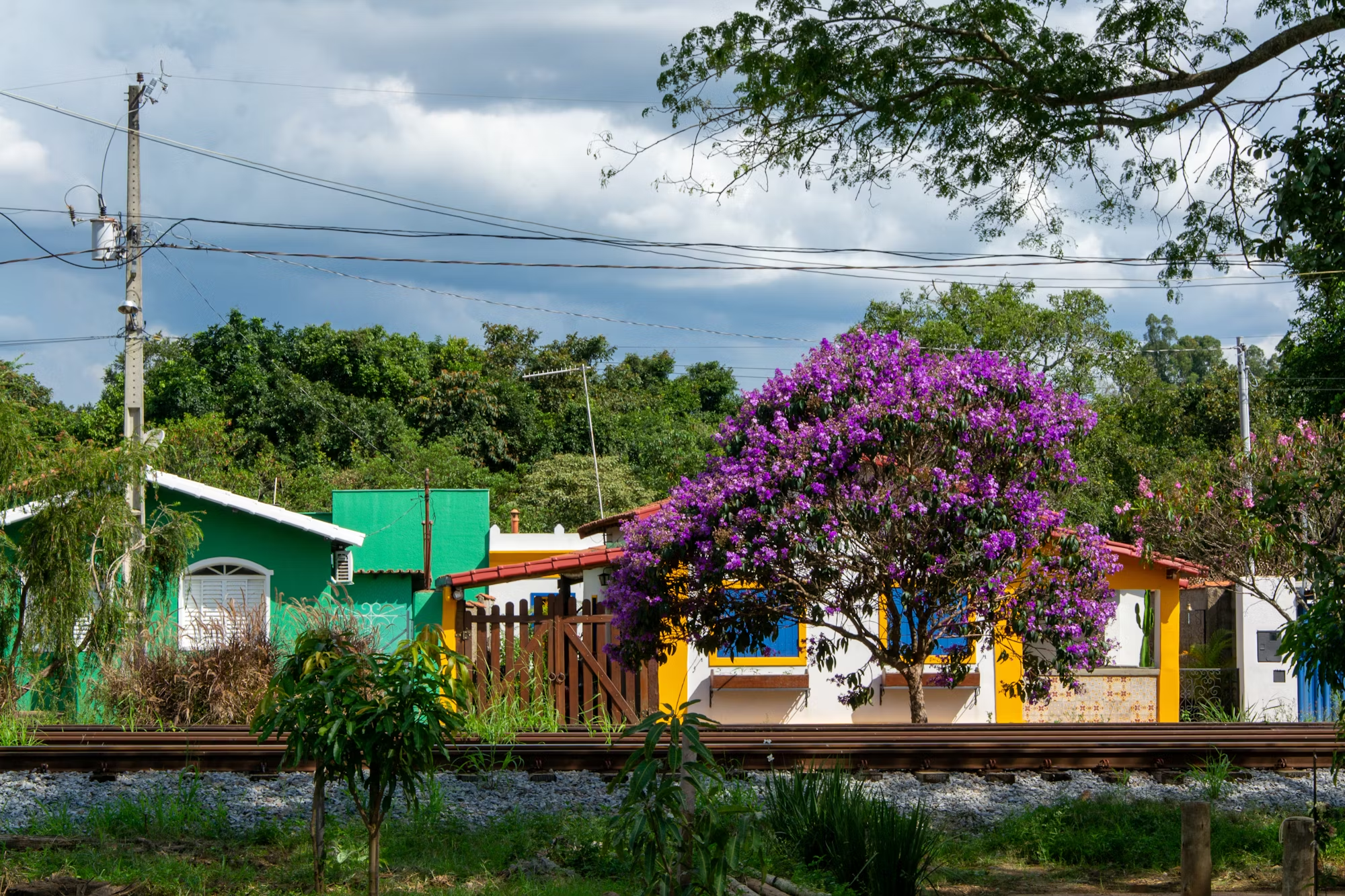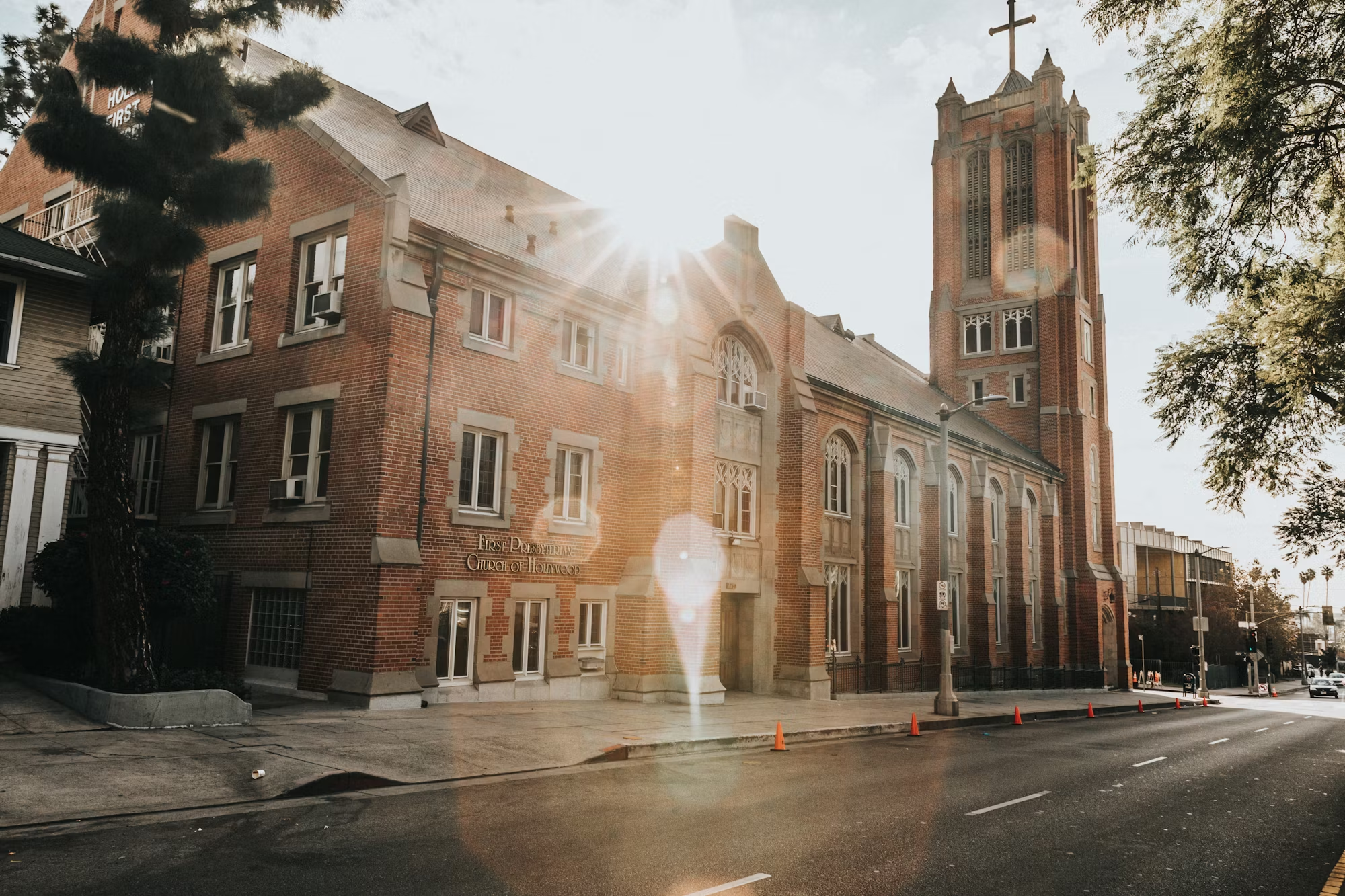Rustic interior design captures the beauty of nature and the simplicity of country living, offering a warm and inviting atmosphere that many homeowners crave. This style emphasizes natural materials, earthy colors, and a cozy ambiance, making it a popular choice for those looking to create a tranquil retreat within their homes. In this article, we will explore the defining features of rustic design, its benefits, and practical tips for incorporating this charming aesthetic into your living space.
Understanding Rustic Interior Design
Rustic design is inspired by the countryside, focusing on elements that evoke a sense of warmth, comfort, and authenticity. This style often highlights natural materials, such as wood, stone, and metal, which contribute to a relaxed and organic feel. Rustic interiors can vary from modern farmhouse to traditional log cabin aesthetics, providing flexibility for homeowners to express their unique style while enjoying the comforting aspects of rustic charm.
Key Characteristics of Rustic Interiors
1. Natural Materials: At the heart of rustic design are the materials used to create the space. Exposed wood beams, reclaimed wood flooring, and stone walls are common features that enhance the organic feel of rustic interiors. These materials not only add texture but also bring a sense of history and warmth to the home.
2. Earthy Color Palettes: Rustic interiors often utilize earthy colors, such as browns, greens, and warm neutrals. These colors reflect the natural environment, helping to create a harmonious connection between the indoors and outdoors. Accents of deep reds, oranges, or yellows can also be incorporated to add warmth and depth to the color scheme.
3. Cozy Textures: Textiles play a vital role in rustic design, contributing to the overall warmth and comfort of the space. Soft, inviting fabrics like wool, cotton, and linen are commonly used for upholstery, curtains, and throws. Layering these textures adds depth and creates a cozy atmosphere perfect for relaxation.
4. Handcrafted Elements: Rustic design often celebrates craftsmanship, incorporating handmade or artisanal elements into the decor. This could include handcrafted furniture, pottery, or textiles that add character and authenticity to the space. These unique pieces can serve as conversation starters and add a personal touch to your home.
5. Functional Decor: In rustic design, decor items often serve a practical purpose. Items such as vintage crates, wooden benches, or wrought-iron candle holders are both functional and aesthetically pleasing. This focus on utility allows for a clutter-free environment while maintaining a welcoming atmosphere.
Benefits of Rustic Interior Design
1. Warmth and Comfort: One of the most significant advantages of rustic design is the cozy and inviting atmosphere it creates. The use of natural materials, warm colors, and soft textures contributes to a sense of comfort, making rustic interiors perfect for family gatherings or quiet evenings at home.
2. Connection to Nature: Rustic design emphasizes the beauty of the natural world, helping to foster a connection between the indoors and outdoors. By incorporating natural materials and earthy color palettes, homeowners can create spaces that reflect their appreciation for nature, promoting relaxation and well-being.
3. Timeless Appeal: Rustic interiors possess a timeless quality that can endure trends and fads. While the style may evolve, the core principles of rustic design remain relevant, making it a wise investment for those seeking long-lasting appeal in their homes.
4. Personalization: The rustic style offers ample opportunities for personalization, allowing homeowners to incorporate unique pieces that reflect their tastes and experiences. This adaptability enables individuals to create spaces that resonate with their personal history, making their homes feel more intimate and meaningful.
Tips for Creating a Rustic Home Interior
1. Start with a Neutral Base: Begin your rustic design journey by selecting a neutral color palette for the walls and larger furniture pieces. Soft whites, beiges, and warm grays can serve as a calming backdrop for the rich textures and colors that will follow.
2. Incorporate Natural Wood: Choose wooden furniture and accents to enhance the rustic aesthetic. Reclaimed wood tables, barn doors, and exposed beams add authenticity and character to your home. Opt for finishes that showcase the natural grain of the wood, highlighting its beauty and uniqueness.
3. Mix Textures and Patterns: Create visual interest by layering different textures and patterns throughout the space. Combine soft linens with rugged wool throws, or pair patterned rugs with smooth wooden surfaces. This layering adds depth and warmth, inviting comfort into your home.
4. Use Vintage and Antique Finds: Incorporating vintage or antique pieces can add charm and history to your rustic interior. Scour flea markets, thrift stores, or family heirlooms for unique finds that tell a story. Whether it’s a weathered trunk, an antique mirror, or vintage kitchenware, these items contribute to the overall rustic vibe.
5. Create Cozy Nooks: Design inviting spaces for relaxation by creating cozy nooks throughout your home. Consider adding a reading corner with a comfortable chair, soft lighting, and a side table for your favorite books. These intimate spaces encourage leisure and foster a sense of tranquility.
6. Bring in Nature: Incorporate elements of nature into your interior design. Houseplants, fresh flowers, or natural elements like stones and driftwood can enhance the organic feel of rustic interiors. These additions not only beautify the space but also promote a sense of well-being and connection to the outdoors.
7. Focus on Lighting: Lighting is crucial in creating a warm and inviting atmosphere. Opt for soft, ambient lighting using vintage-inspired fixtures, such as wrought-iron chandeliers or rustic pendant lights. Warm-toned bulbs can further enhance the cozy feel, making your home a welcoming retreat.
Conclusion
Rustic interior design offers a timeless charm that brings warmth, comfort, and a connection to nature into our homes. By embracing natural materials, earthy colors, and handcrafted elements, homeowners can create inviting spaces that reflect their personalities and lifestyles. Whether you live in a country cottage or a modern home, incorporating rustic design principles can transform your space into a cozy haven, perfect for relaxation and enjoyment. With thoughtful choices and a focus on authenticity, you can enjoy the rustic appeal for years to come.





